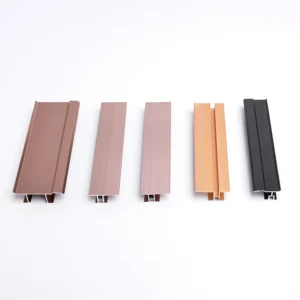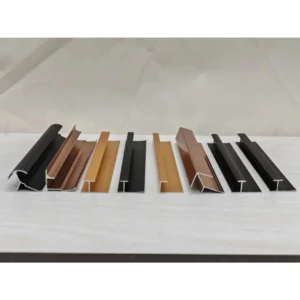Aluminum Partition Trim
| Product | Aluminum Partition Trim |
| Material | 6063-T5 aluminum alloy |
| The type and sizes | Please see the drawing below! we support customize! |
| Delivery & Lead time | 21-30 days after the drawing is confirmed & done payment |
| Color and Finish | Common colors: white and gray, bronze color, flat black, light white, golden, pink, copper, and matt black Customized color: we have hundreds option of colors to offer to the customers |
| Fabrication We offer | Aluminum extrusion design, Aluminum Extruding, Cutting, Drilling, Welding, CNC machining, Punching, polishing |
| Aluminum Finishing | Anodizing, Mill finish, Electroplating, Polishing, Powder coating, blasting |
| OEM&ODM | Available |
| Quality Control | ISO 9001 certification |
| Mini Order Quantities | at least 500 m. Payment methods can be discussed with our sales staff by e-mail. |




